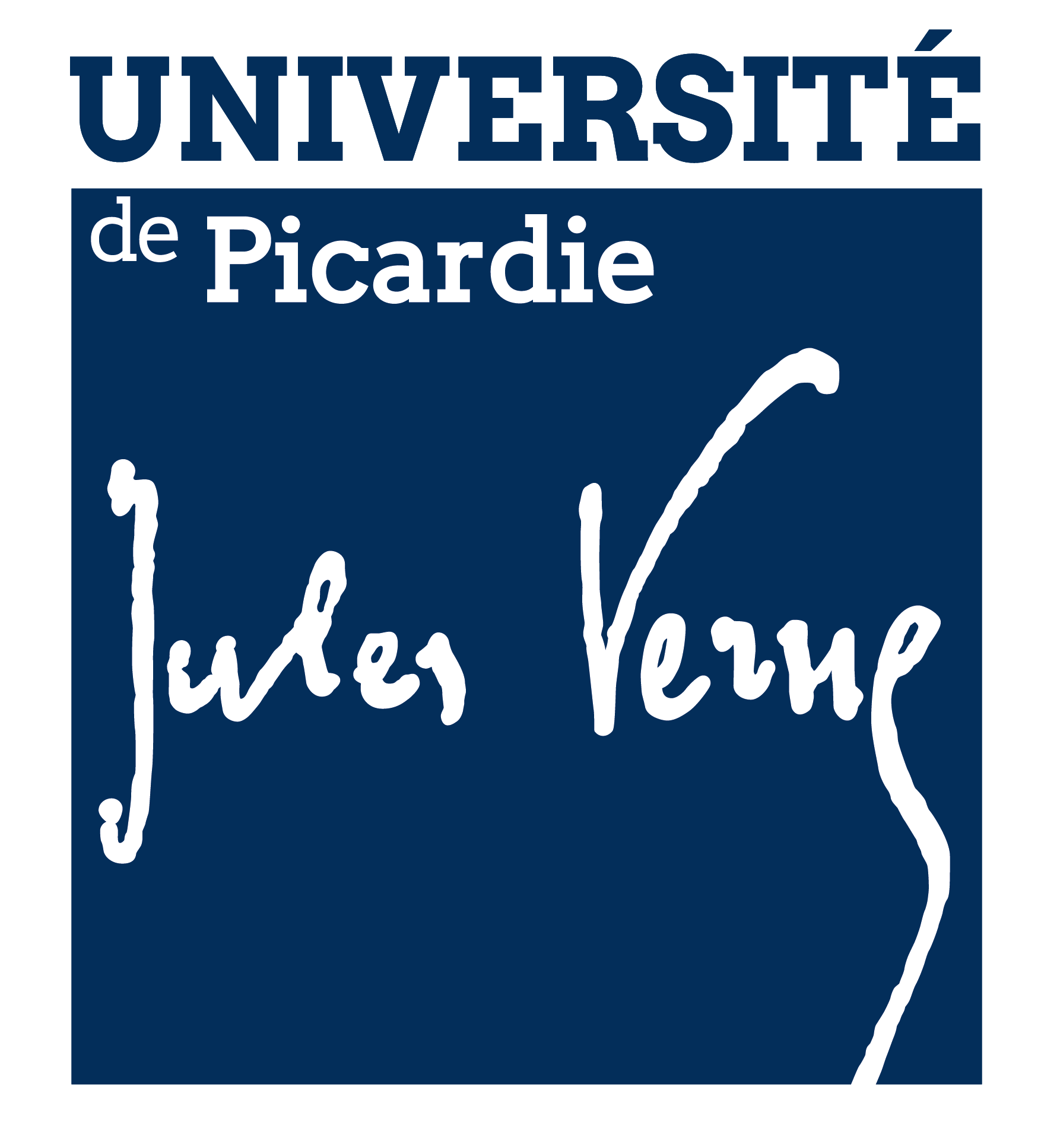Dynamical modelling of the RAS-RAF-MEK-ERK pathway in the hepatocellular cells exposed to sorafenib
Modélisation dynamique de la régulation de la voie RAS-RAF-MEK-ERK dans les cellules du carcinome hépatocellulaire exposées au Sorafénib
Résumé
Hepatocellular carcinoma (HCC) is the most common form of primary liver cancer. It appears mainly as a complication of cirrhosis of the liver in patients exposed to toxic agents (alcohol, hepatic viruses). The study of therapeutic targeting of oncogenic pathways brings new perspectives on cancer treatments that are more effective and better tolerated by patients. An oncogenic pathway is found to be activated in almost all types of tumors. This is the RAS-RAF-MEK-ERK path. The understanding of its regulation is still poorly known today. Sorafenib is prescribed as an inhibitor of RAF kinases in the advanced stages of hepatocellular carcinoma. Its effectiveness is relative since it prolongs the survival of certain patients by a few months, and it does not bring the same clinical benefit to all patients. No biomarker predictive of its effectiveness has been highlighted to date, which makes the customization of its prescription impossible. This thesis provides a study of the modalities of regulation of the RAS-RAF-MEK-ERK pathway in CHC through mathematical modelling. The aim is to build mathematical models to better understand the action of cancer therapy on RAS-RAF-MEK-ERK signal transduction networks, and to bring new perspectives on targeting therapeutic
Le carcinome hépatocellulaire (CHC) est la forme la plus fréquente du cancer primitif du foie. Il apparaît majoritairement comme une complication de la cirrhose du foie chez les patients exposés à des agents toxiques (alcool, virus hépatiques).L'étude du ciblage thérapeutique des voies oncogéniques apporte de nouvelles perspectives sur des traitements anticancéreux, plus efficaces et mieux tolérés par les patients. Une voie oncogénique est retrouvée activée dans presque tous les types de tumeurs. Il s'agit de la voie RAS-RAF-MEK-ERK. La compréhension de sa régulation reste encore mal connue à ce jour. Le sorafénib est prescrit comme un inhibiteur des kinases RAF dans les stades avancés du carcinome hépatocellulaire. Son efficacité est relative puisqu'il prolonge la survie de certains patients de quelques mois et n'apporte pas le même bénéfice clinique chez tous les patients. Aucun biomarqueur prédictif de son efficacité n'a été mis en évidence à ce jour, ce qui rend la personnalisation de sa prescription impossible. Cette thèse fournit une étude des modalités de régulation de la voie RAS-RAF-MEK-ERK dans le CHC à travers la modélisation mathématique. L'objectif est de construire des modèles mathématiques en vue de mieux comprendre l'action du traitement anticancéreux sur les réseaux de transduction du signal de la voie RAS-RAF-MEK-ERK, et d'apporter de nouvelles perspectives sur le ciblage thérapeutique
Origine : Version validée par le jury (STAR)

